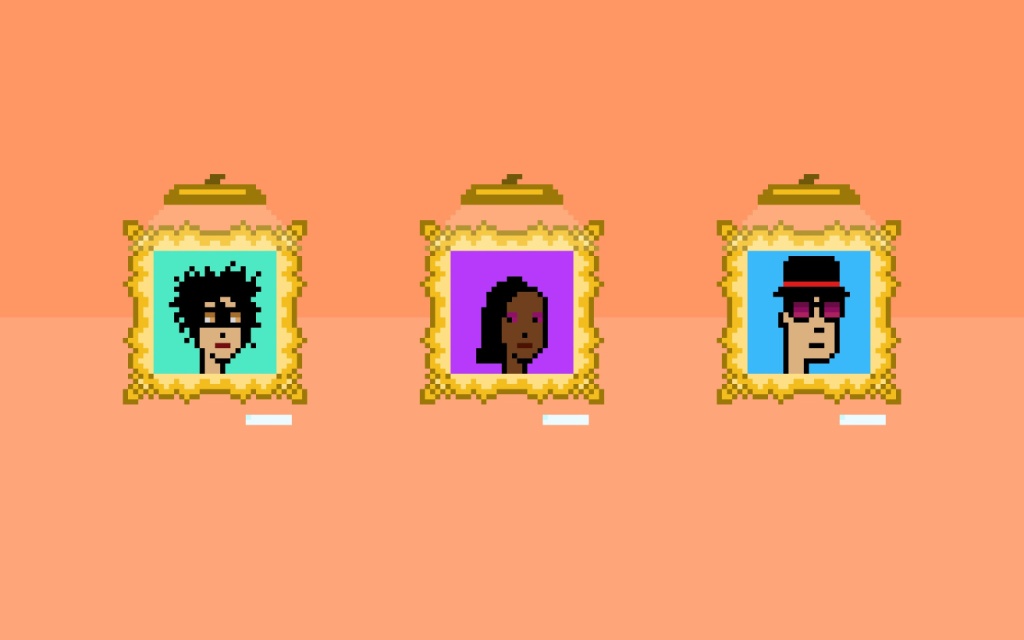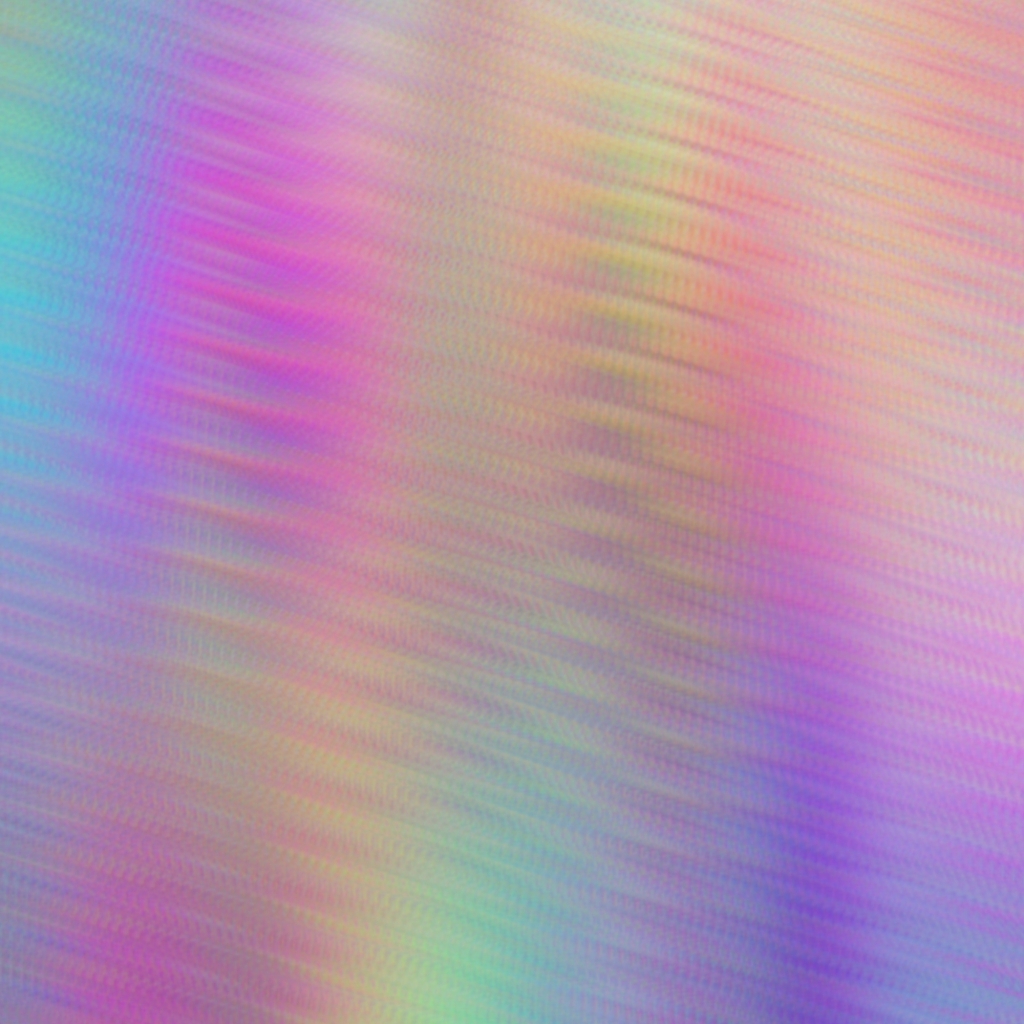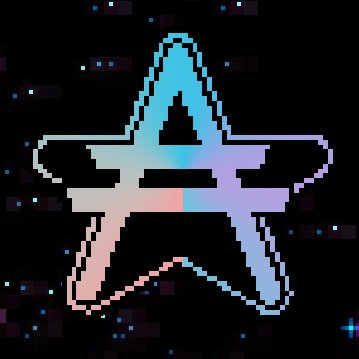There’s a common complaint I hear lately, coming usually from members of Gen X who have resigned cynicism down to a tee, and the more unruly kinds of Boomer, the ones who genuinely don’t like the establishment they’re accused of having created and, supposedly, profited from.
The gripe runs along these lines; what happened to the younger generations, that they are so conformist, so obedient, and so unquestioning of the narratives strung out by middle class media and calculating corporations? Where is the cynicism, the rebelliousness? Where is the counterculture?
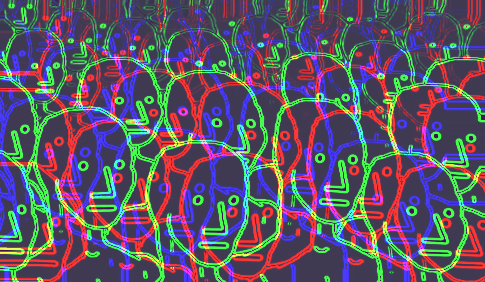
But at the same time, being interested in crypto, I notice something else, that many of the same people who complain about this perceived NPC-ish behavior are utterly dismissive of cryptocurrency and, in particular, NFTs, regarding them as tulips, a vapid fad, or a ponzi.
Perhaps you can see where I’m going with this. You wanted a counterculture? Well, NFTs are exactly that.
Maybe you didn’t notice, because NFTs are a little weird, confusing, and opaque. But then, it wouldn’t be a counterculture if it was normal, easily comprehended, and immediately accessible, would it?
When a counterculture manifests, it isn’t perfectly packaged with a theme song and a dance, declaring hey, here’s that counterculture you ordered. What it might instead look like is something sketchy, a little risky, foolish, frivolous, and pitched out on the edges.
It might look like something we should ignore, or–if there are risks involved–that we should investigate and perhaps criminalize.
It’s likely also to be extremely creative, lawless, and fast-moving, and for sure it can be–for those who got in early or who are good at comprehending its evolving mechanics–extremely profitable.
What’s more, as it becomes more obviously wealth-creating, confident, and colorful, it will drag in mainstream attention, and come to be either co-opted (diluting and corrupting it), or widely adopted (bringing its merits to the masses), depending on your perspective.
Does any of this start to look familiar, does it look like any digital movements that have caught your attention lately, or that you have ignored, or that you have seen declared pointless, while you rued herd-like societal compliance?
Or, more hopefully, is it a description of something you decided to jump in and play around with?

NFTs are the counterculture you ordered, but they didn’t come with a label, because organically disruptive movements tend to prioritize actions over statements. And yes, Paris Hilton owns an ape, because eventually the movements that matter will show up on TV, and then instead of ignoring them as inconsequential, they’ll for a moment be written off as celebrity decadence.
The thing is though, this particular innovation is attached to some changes that are going to be critical to the ways in which we transact, and transactions are the base material of our social infrastructure. First, as more of our everyday business takes place online, then secure, trustless, decentralized ownership of digital assets will become critical. And that is exactly what NFTs permit.
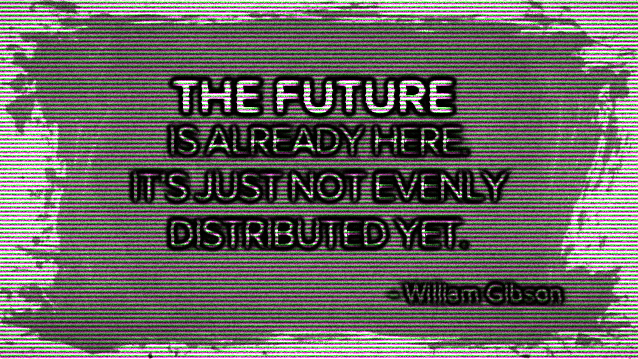
Then there is the fact that NFTs are crypto, and increased mainstream integration of bitcoin and cryptocurrency is coming down the line. In fact, it’s not coming, it’s operational now, in parallel. The future doesn’t arrive everywhere all at the same time, after all. But if you care to look, then you’ll notice that it’s here already, it’s just not evenly pooled.
On top of that, there is the trend towards gamification of, well, anything you like. There are DeFi platforms that feel like games, there is play-to-earn, there is even GameFi, and all of this is operating on various different flavors of magic internet money.
And then what is an NFT anyway? Just a piece of code. Linked to a JPEG. That a pseudonymous online collector bought for thousands of dollars. But using seven-year-old currency/fuel created by a peaceful philosopher-nerd who got annoyed one time at Blizzard Games.
And by the way, that same tech, that gives you a token attached to a monkey, might be used to trade goods, unlock real estate liquidity, self-sovereign your digital identity, get you into clubs both online and off, and who knows where else this all leads?
All accounted for, all secure, and all decentralized. The output of a strange, psychedelic game that runs on logic in its purest distillation–computer code–and that ultimately, preferably, returns ownership to where it always should have belonged: the free individual.
And that this profound transition started with some punks, and got attention through apes, makes it all the funnier, and ideal for the high weirdness of these shifting times.
Building completely new currencies, and always-on, globally-distributed means of transacting with anyone, anywhere, peer-to-peer, is radically anti-establishment. Involving JPEGs in the process is the icing on the cake.





